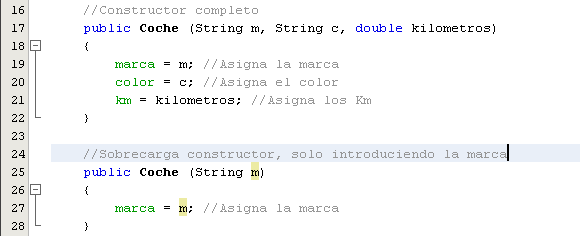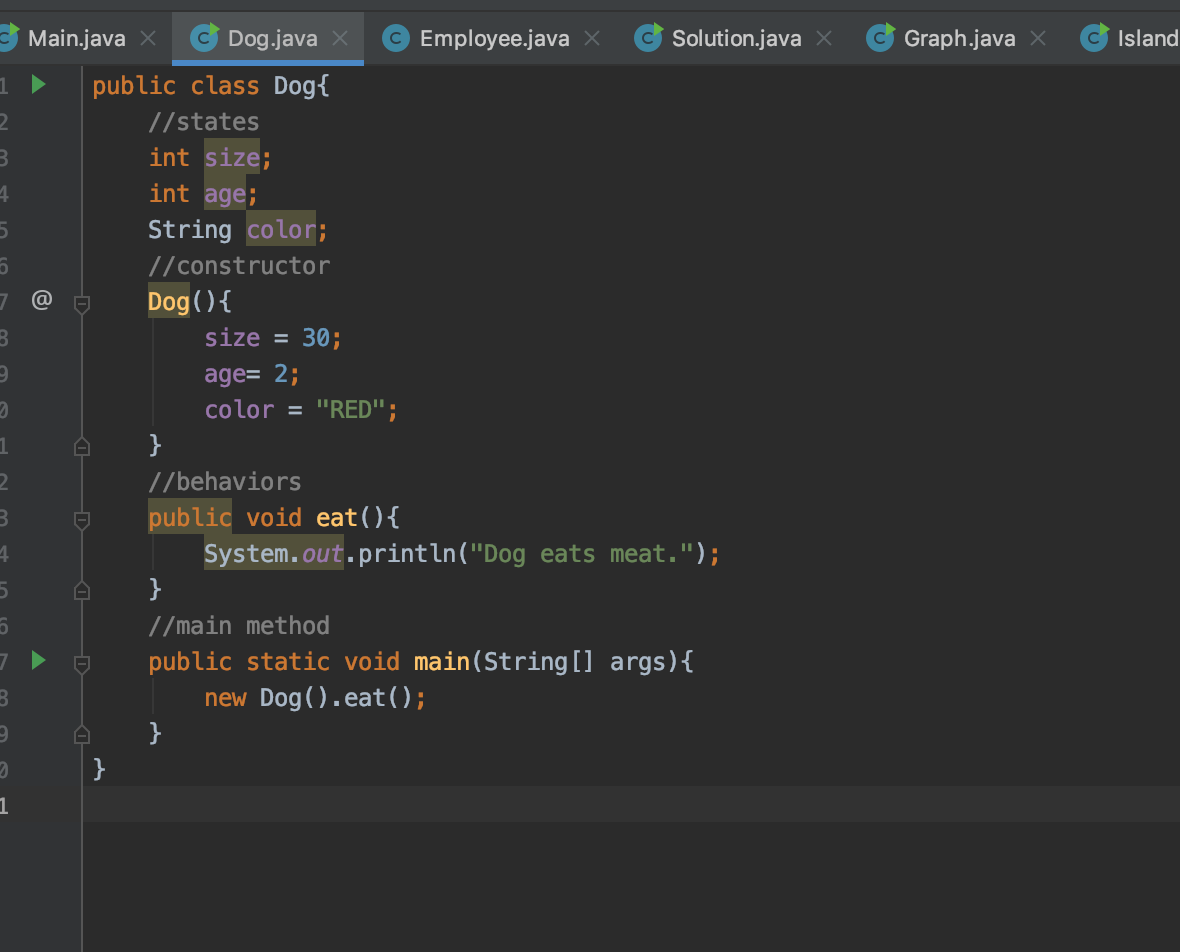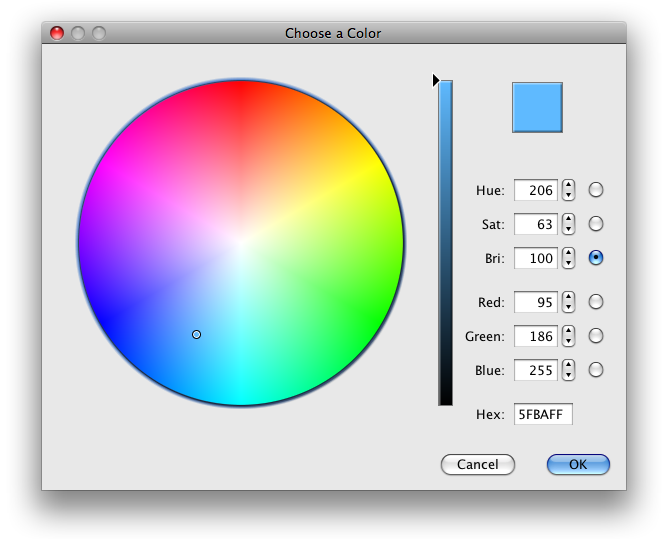

- #JAVA JXL COLOUR CONSTRUCTOR HOW TO#
- #JAVA JXL COLOUR CONSTRUCTOR UPDATE#
- #JAVA JXL COLOUR CONSTRUCTOR CODE#
Once you have accessed the workbook, you can use this to access the individual sheets. (NOTE: when creating a spreadsheet from a ServletInputStream you must remove the HTTP header information before creating the Workbook object.)

Workbook workbook = Workbook.getWorkbook(new File("myfile.xls"))
#JAVA JXL COLOUR CONSTRUCTOR CODE#
The code fragment below illustrates creating a workbook from a file on the local filesystem. The first step when reading a spreadsheet from a file or input stream is to create a Workbook.

JExcelApi can read an Excel spreadsheet from a file stored on the local filesystem or from some input stream. The reader is encouraged to examine the API documentation and the sample code (particularly Write.java and ReadWrite.java) in order to gain a more complete understanding of the capabilities and limitations of the software. The tutorial is by no means exhaustive, and if something is not described here, it does not mean that it cannot be done. The information presented in this tutorial is intended as a brief overview as to how JExcelApi may be used to read and write data in Excel format. In addition to updating the original cells, we can also add new cells to the worksheet, which is exactly the same as the operation in Example 2.使用JExcelApi生成Excel Java Excel API Tutorial Contents The newly generated worksheet object is writable.
#JAVA JXL COLOUR CONSTRUCTOR UPDATE#
Here we do not need to call the add() method provided by the API, because the cell is already in the worksheet, so we only need The update operation can be completed by calling the corresponding setXXX() method.Īlthough the original formatting modification of the cell cannot be removed, we can still add the new cell modification so that the content of the cell can be expressed in a different form.

Once the writable worksheet object is obtained, we can update the cell object. The only disadvantage is that two identical worksheets are stored in the memory at the same time, so that when the worksheet is relatively large, it will take up considerable memory, but now it seems that the size of the memory is not a key factor. In order to improve performance, when reading the worksheet, some output information related to the data, all format information, such as font, color, etc., are not processed, because our purpose is to obtain the value of the row data, both Without modification, there will be no effect on the value of the row data. The reason why Excel objects are constructed in this way is entirely for efficiency reasons, because the above example is the main application of the API. Write to Excel object wwb.write() //Close the writable Excel object wwb.close() //Close the read-only Excel object rw.close() The sample code snippet is as follows: import java.io.* It should be noted that the factory can only be provided through the API Method to create a Workbook, but can not use the constructor of WritableWorkbook, because the constructor of the class WritableWorkbook is a protected type. Similar to reading an Excel worksheet, first use the factory method of the Workbook class to create a writable Workbook object. (See ExcelWriting.java for the complete code.) The content of the cell here is without any decoration (such as font, color, etc.), and all the content is Write as a string.
#JAVA JXL COLOUR CONSTRUCTOR HOW TO#
The code below is mainly to introduce how to generate a simple Excel worksheet. jxl.Workbook rwb = (new File(sourcefile)) This is the same as the usual row and column The combination is somewhat different. The first is the number of columns and the second is the number of rows. It needs to pay attention to its two parameters. Gets the object reference of the specified cell. Example: jxl.Workbook rwb = (new File(sourcefile)) Gets all the cells in a row, and returns an array of cell objects. Gets the total number of rows contained in the Sheet table, example: jxl.Workbook rwb = (new File(sourcefile)) Gets all the cells in a certain column, and returns an array of cell objects. Get the total number of columns contained in the Sheet table, example: jxl.Workbook rwb = (new File(sourcefile)) Get the name of the Sheet, example: jxl.Workbook rwb = (new File(sourcefile)) The method provided by the Sheet interface Returns the version number of the API being used, which seems to be of little use. Returns an array of Sheet objects in the Workbook. Jxl.Workbook rwb = (new File(sourcefile)) Obtain the number of sheets in the Workbook, example:


 0 kommentar(er)
0 kommentar(er)
